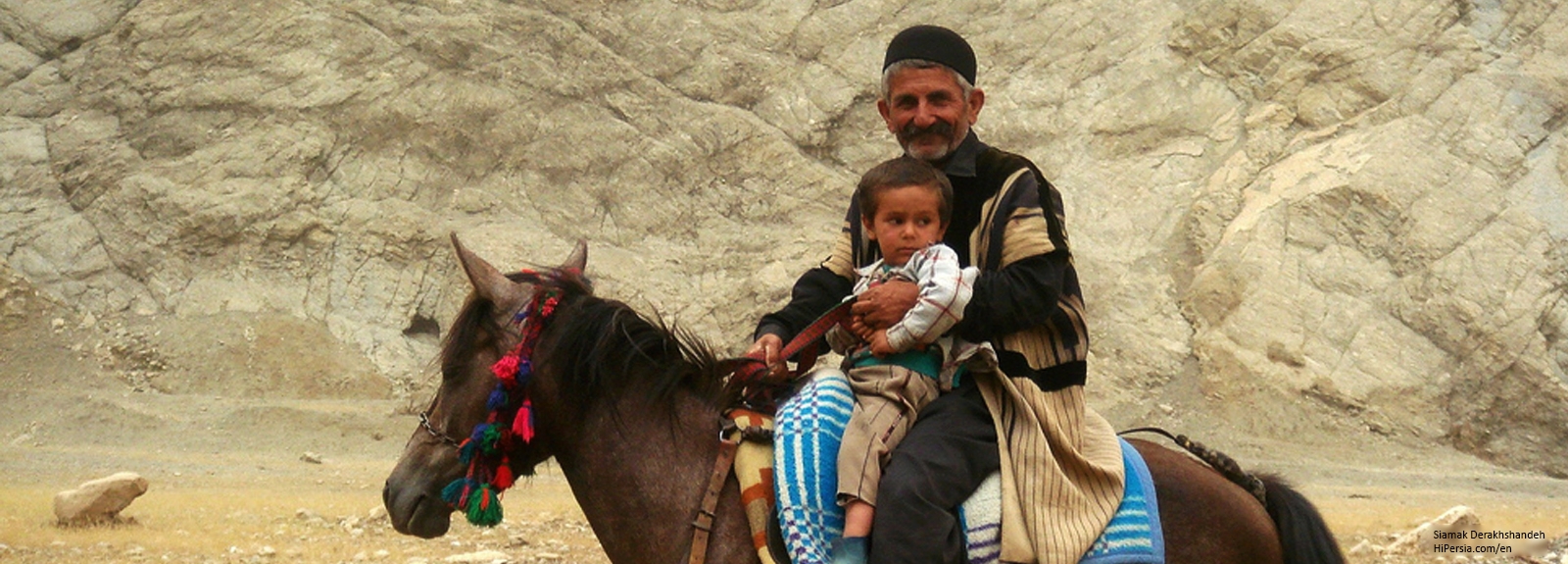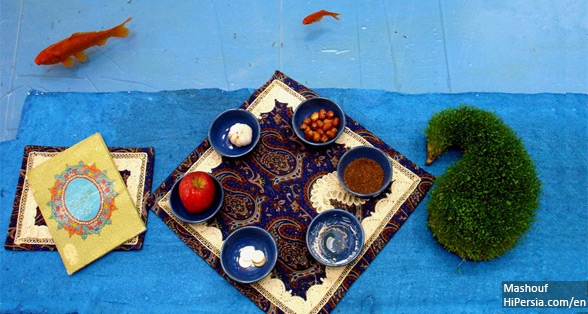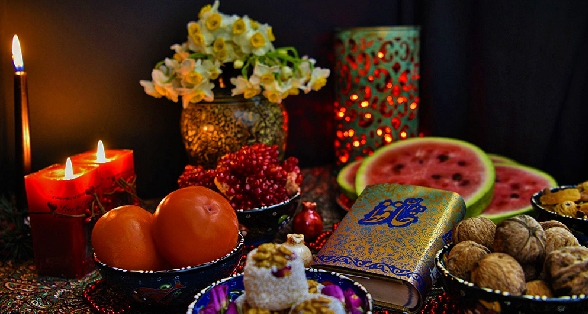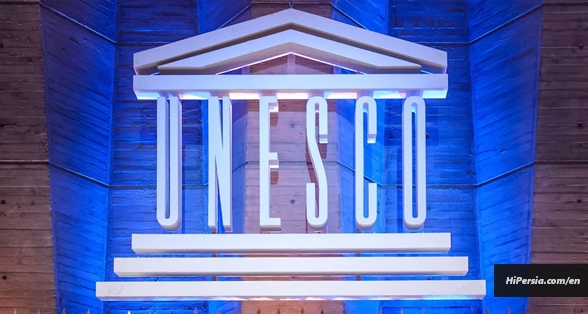.jpg)




There’s a symbolic story behind the way of the Bakhtiari clothing; Cheqa which is a white, with lines of black, sleeveless and open the front Bakhtiari which men are wearing.
It's divided into two branches Haftlang and Charlang, which these categorizations were based on the taxation, which government would take from them, The Bakhtiari nomads move between a summer abode (Yeylaq) in the high mountains (summit, Zard Kuh 4,548 m) and a winter abode (Qeshlaq) in the western foothills adjoining the Khuzestan plain. Thus the Bakhtiari country falls into two different administrative provinces: Chahar Mahal, where the summer quarters lie, and Khuzestan, in which the winter quarters are included.
There’s a symbolic story behind the way of their clothing; Cheqa which is white, with lines of black, sleeveless, and open the front Bakhtiari men are wearing. The back lines on Cheque are said that is the imitation of the Cyrus mausoleum so that the white symbol Spanta Minoo (Nick Angel) comes from the bottom up and black lines the symbol Anugerah Minoo (the devil) will come from the top down and it’s the symbol of the ultimate triumph of good over evil.
The tribe’s main economic activities are determined by the migration cycle. The Bakhtiari is primarily breeders of sheep and goats, which provide most of their cash income.

Supplementary items are obtained by hunting (gazelles in the Qeshlaq, ibex in the Yeylaq, partridges, pheasants, etc.) and by gathering wild plants and vegetable substances such as berries and mushrooms for food and others for use as dyestuffs and craft materials.
The principal handicraft of the Bakhtiari's is weaving, on horizontal looms with single rows of warp threads or on looms with perforated cards. The wool and hair, which they use come from their sheep and goats. This activity, which is pursued solely by the women, produces a wide range of goods of high quality as regards both robustness and artistic merit: ropes, straps, sacks, saddlebags for carriage and storage of belongings, and tunics in natural white wool with vertical indigo stripes which, together with the tall skull-cap and wide, black trousers, from the typical male attire of the Bakhtiar.
They move in the large range, so you can meet them in different places in Lurestan and Khuzestan province. Luristan in summer (first of June to September) and Khuzestan in Winter (around February to the middle of March) is the best time for going to their territories.
Cross the Zagros mountains is hard, so you have to prepare yourself for a hard trip. You can go to Ahwaz by plane, train or car, but from Ahwaz to their territory (the northern cities of Khuzestan like Lali) you have to take a taxi. There are no hotels around that area. If this is the first time that you decide to go there, we advise you to go there to tour or someone who Knows about the locals.
.jpg)



